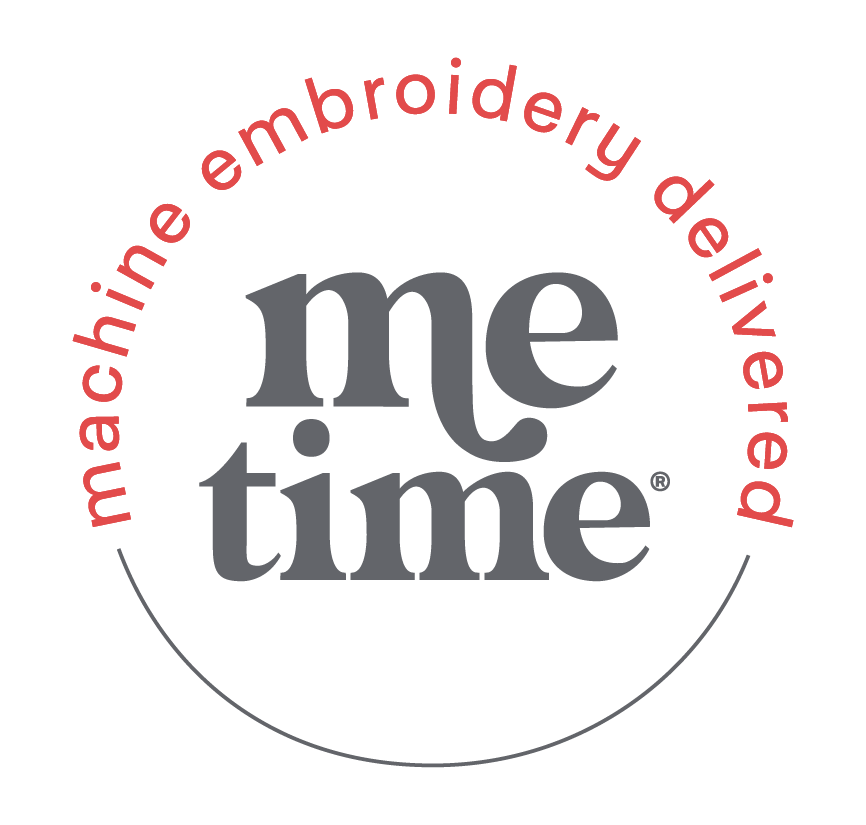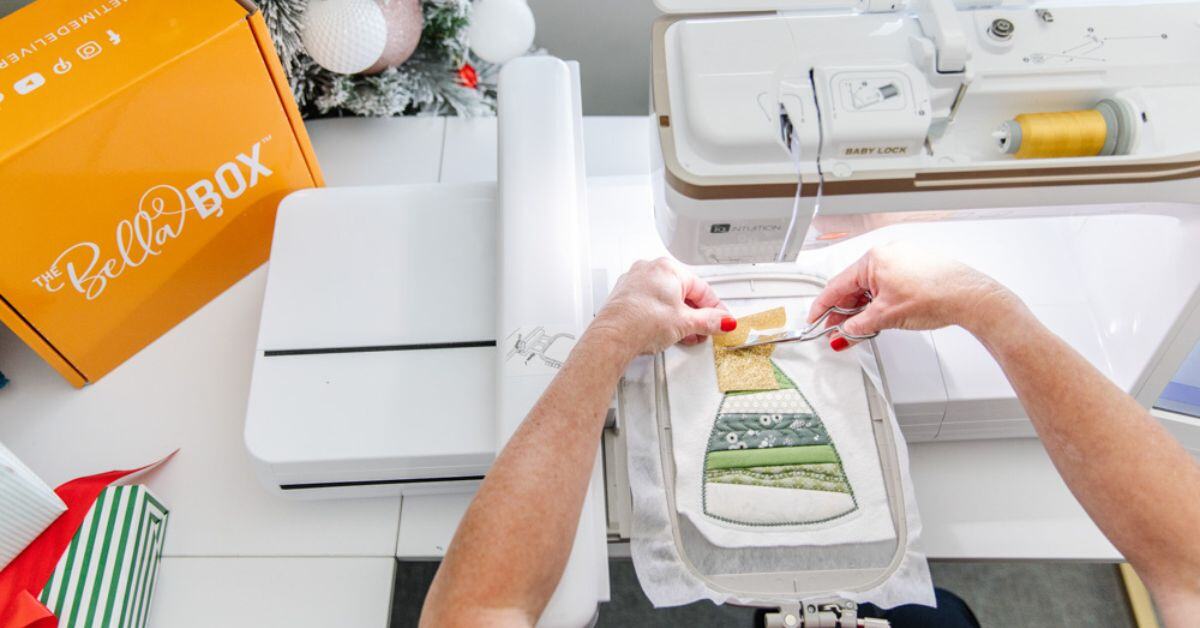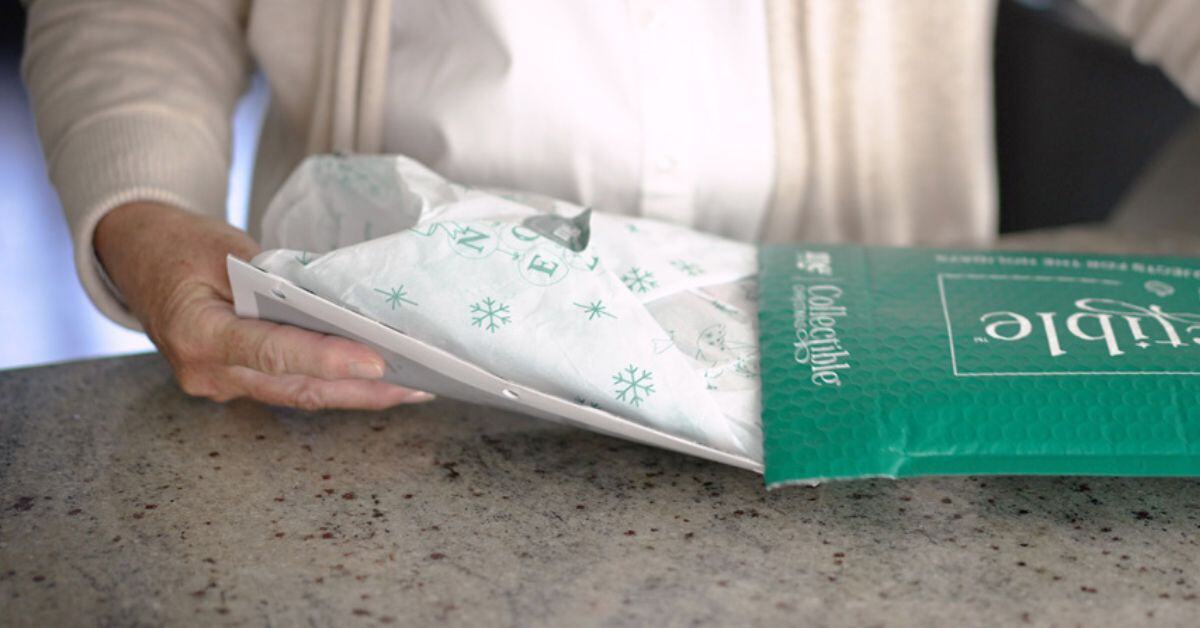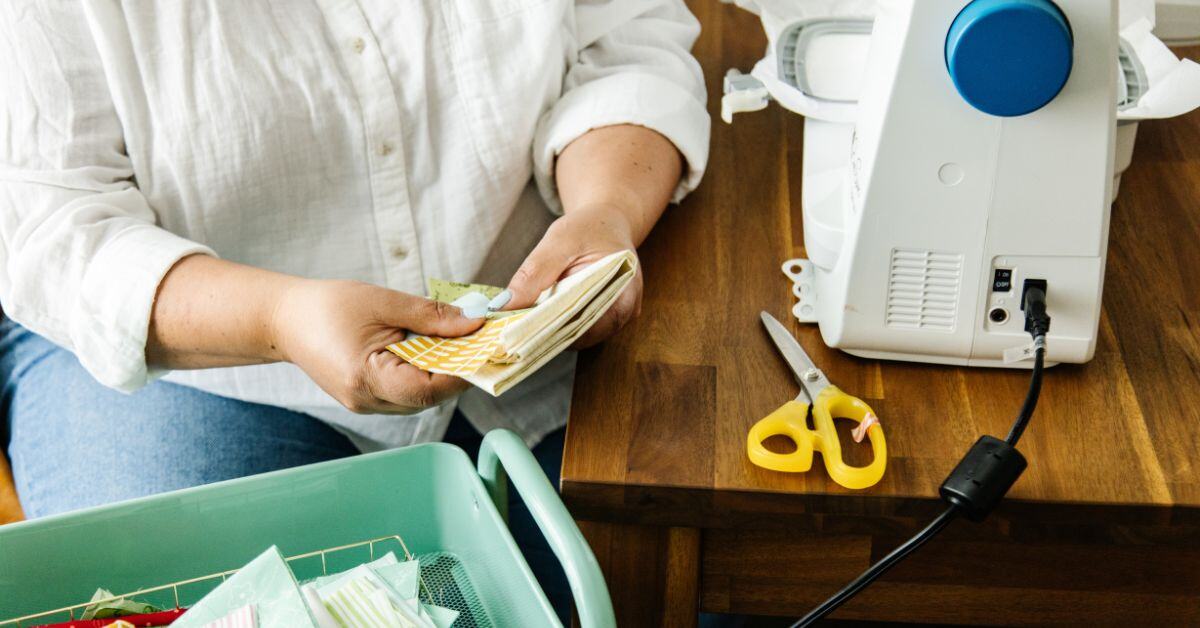Christmas is a time when families and communities come together to celebrate traditions steeped in history and meaning. One tradition that stretches across the world is Christmas embroidery. This art form has been a part of holiday celebrations for centuries.
By exploring cultural Christmas embroidery traditions, we can better appreciate how this craft has enriched how people express their holiday joy and preserve their heritage. This blog dives into the unique embroidery styles associated with Christmas in various cultures, the tools and techniques involved, and their modern relevance.
Historical Roots of Christmas Embroidery
Christmas embroidery has a long and storied past, rooted in the customs of early Christian celebrations. During medieval times, churches and clergy used embroidered garments and altar cloths to reflect the spiritual significance of the season. These richly decorated items featured motifs such as the nativity scene, the Star of Bethlehem, and angels.
Across Europe, households embraced the art of embroidery to create holiday decorations, including tablecloths, wall hangings, and stockings. Each region developed its own distinctive style. For example, Scandinavian embroidery frequently features geometric patterns and natural elements such as snowflakes and reindeer, while Eastern European embroidery incorporates rich reds, greens, and intricate floral motifs.
The Victorian era saw Christmas embroidery flourish further as an essential activity for women. Homemade holiday gifts, including embroidered handkerchiefs and doilies, became popular as signs of thoughtfulness and affection. These traditions have since evolved, blending cultural aesthetics with the passage of time.
Scandinavian Christmas Embroidery Traditions
Scandinavian countries—including Sweden, Norway, and Denmark—are renowned for their minimalist yet striking embroidery designs. These patterns draw inspiration from nature, reflecting the snowy landscapes that characterize the season.
Traditional Swedish Christmas embroidery emphasizes the hygge aesthetic, blending cozy themes with functionality. Table linens, cushions, and tree skirts feature motifs such as snowflakes, stars, and forest animals. Creating designs with cross-stitch or huck embroidery techniques allows artisans to craft intricate patterns efficiently.
Norwegian embroidery focuses on klostersøm, a whitework technique that uses white thread on white fabric to create delicate designs. This method is common for church textiles but has also found its way into home decor during the holidays. Meanwhile, Denmark’s embroidery heritage includes the Hardanger style, which highlights geometric cutwork designs.
Today, Scandinavian-inspired holiday embroidery remains highly sought after, blending traditional elements with a modern aesthetic. This enduring popularity reflects the timeless charm of these cultural traditions.

The Rich Patterns of Eastern Europe
Eastern Europe is home to vibrant and complex embroidery traditions, with countries like Ukraine, Poland, and Hungary showcasing distinctive regional styles. For many families, embroidered textiles are integral to their holiday décor and celebrations.
Ukrainian Christmas embroidery often tells a story, featuring motifs such as the Christ child, holly branches, and doves. These designs are characterized by the bold use of red and black to symbolize life and eternity. Embroidered rushnyky, or ritual cloths, are commonly displayed during religious ceremonies or placed on dining tables during Christmas feasts.
Poland’s traditions incorporate colorful floral themes balanced with winter motifs. Embroidered ornaments and napkins are common in Polish households. These pieces frequently include gold or silver thread to add a festive sparkle.
Hungary, known for its Matyó and Kalocsa embroidery styles, celebrates Christmas with vibrant patterns bursting with color. These designs are typically hand-stitched onto holiday tablecloths and garments. The vibrancy of Hungarian embroidery makes it instantly recognizable and deeply tied to celebratory events like Christmas.
Exploring cultural Christmas embroidery traditions from Eastern Europe reveals how a diversity of styles contributes to the richness of this craft, underscoring its importance as a cherished holiday tradition.
The Influence of Christmas Embroidery in Latin America
Latin America provides another compelling perspective on embroidery and its connection to Christmas. This region merges Catholic traditions with indigenous artistry to produce unique, meaningful designs.
Mexican Christmas embroidery, for instance, focuses on the nativity scene and folkloric elements. Bright colors dominate Mexican designs, with intricate stitching used to create detailed visual narratives. Items such as tree skirts, pillow covers, and wall hangings showcase these works of art.
Peru takes a distinctive approach by incorporating Andean styles and motifs in their holiday decor. Alpaca wool is frequently used for embroidery, adding a textured richness to items like stockings and tapestry ornaments. Peruvian artisans also feature llamas and mountain ranges in their embroidery designs, blending their natural heritage with the storytelling of Christmas.
This blend of Catholic and indigenous influences creates wonderful embroidery pieces in Latin America.

Integrate Machine Embroidery Into Christmas Traditions
Modern advancements have brought the age-old practice of holiday embroidery into the realm of technology. Christmas machine embroidery has become a popular method for creating intricate designs with precision and speed. Many cultures have accommodated traditional patterns for embroidered products that meet the demands of today’s consumers.
Machine embroidery enables artisans to scale their production, making unique pieces more accessible worldwide. From digitally replicating detailed Hungarian floral patterns to producing Scandinavian-inspired designs with immaculate symmetry, this technology extends the reach of cultural embroidery traditions. At the same time, it provides a platform for personalization, allowing families to order stockings, tablecloths, and tree skirts customized with their names or preferred motifs.
Despite its efficiency, machine embroidery does not replace the spirit of traditional craftsmanship. Instead, it complements it, providing an alternative path to keeping these cultural practices alive while serving as an entry point for people who are new to embroidery.
Why Christmas Embroidery Traditions Endure
The enduring appeal of Christmas embroidery lies in its ability to connect people across time and culture. These traditions preserve unique aesthetic styles and foster a sense of unity. Families continue rituals passed down through generations by practicing or incorporating embroidered holiday pieces, ensuring that their cultural heritage remains vibrant.
Furthermore, the personalization fostered by these traditions encourages individuals to create meaningful gifts and decor that reflect their values and relationships. Embroidered family heirlooms, for example, hold sentimental value and serve as a reminder of shared history and community.
Exploring cultural Christmas embroidery traditions also sheds light on the broader significance of creativity and craftsmanship in celebrating the season. Whether hand-stitched or crafted through a machine, embroidered items unite people through the universal language of art.
Revisit the Craft
Christmas embroidery is a wonderful lens through which to view the diversity and richness of cultural traditions. Every region, from Scandinavia to Eastern Europe to Latin America, offers a unique take on weaving artistry into holiday celebrations. Meanwhile, modern methods like Christmas machine embroidery continue to expand access and relevance without diminishing the tradition’s charm.
Families can preserve and celebrate these beautiful traditions by collecting or practicing embroidery. With each stitch, people create something beautiful and affirm their connection to a rich and meaningful cultural history that transcends borders and generations.





